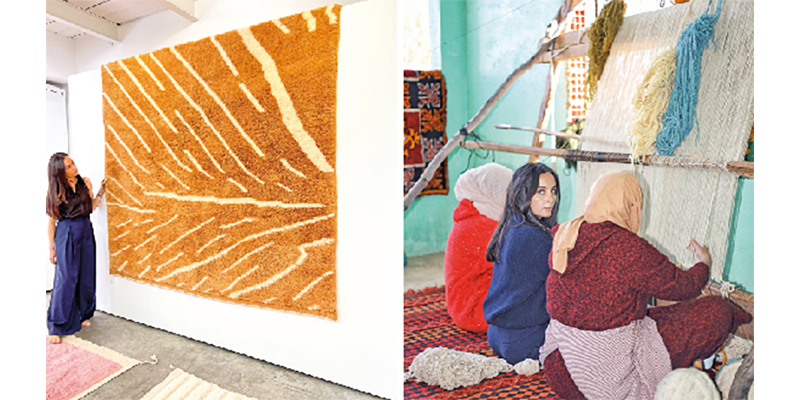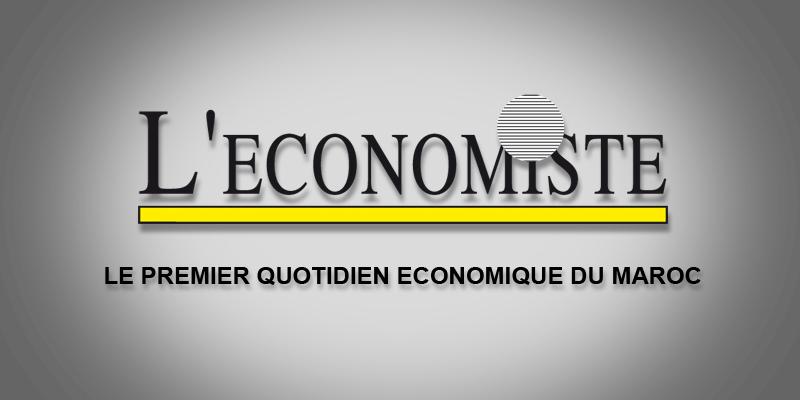
Helping to preserve the know-how of female Amazigh weavers, while modernizing their creations to enhance their appeal to the public. This is the essence of the rug brand recently created by Moroccan designer Sana Benzaitar. This initiative aims to contribute to the economic development of these Middle Atlas populations, while giving a second life to Amazigh rugs.
The project, called «Studio Sana Benzaitar «, employs nearly 60 female weavers from the Mrirt region in the province of Khenifra to produce rugs in the purest Berber tradition. This is a way to help safeguard these ancestral traditional weaving techniques. “The rugs made by these women tell a story, that of a know-how passed down from mothers to daughters for decades”, confides the designer to us. “A family heritage to which I wanted to pay tribute and which I intend to contribute to keeping alive”, says Benzaitar.
Another goal is to offer employment to women from this area and promote their socio-economic integration. “This initiative offers us better remuneration conditions and allows us to work while carrying out our household chores, the workshops being located near our homes”, confides a weaver involved in the project.
The rugs made are either graphic or plain, in bright, shimmering colors such as white, emerald green, fiery red or orange. What makes them special? A double-knot composition, providing a real density of thickness. “Our rugs are particularly colorful, a choice that has become our trademark over the months”, says Sana Benzaitar.
These are ”unique” pieces that were first entirely woven by hand, then washed 5 to 7 times with a blade broom and then dried in the sun. “The female weavers employed use a loom and use wool for the densest knots. The latter represents the best fiber there is to create a quality rug”, says Benzaitar.
Before going through this “ traditional ” circuit, each rug was designed and imagined by the designer in her weaving studio in Marrakech. A way to promote the work of these women by revisiting their creations in a personal and contemporary way in order to recognize the public’s interest in them. “The designs and patterns that adorn our rugs are born from my travels and my personal history while remaining attached to the Moroccan cultural heritage”, says the entrepreneur. A process which, from design to conception, requires several weeks of daily work per piece.
Karim AGOUMI


























